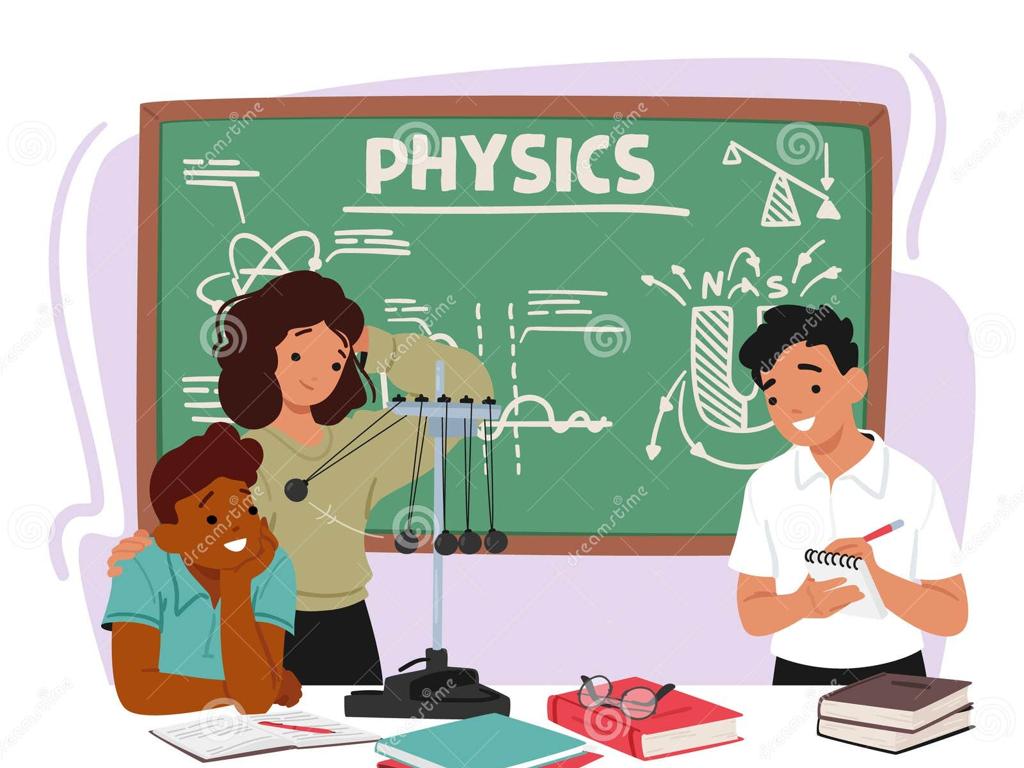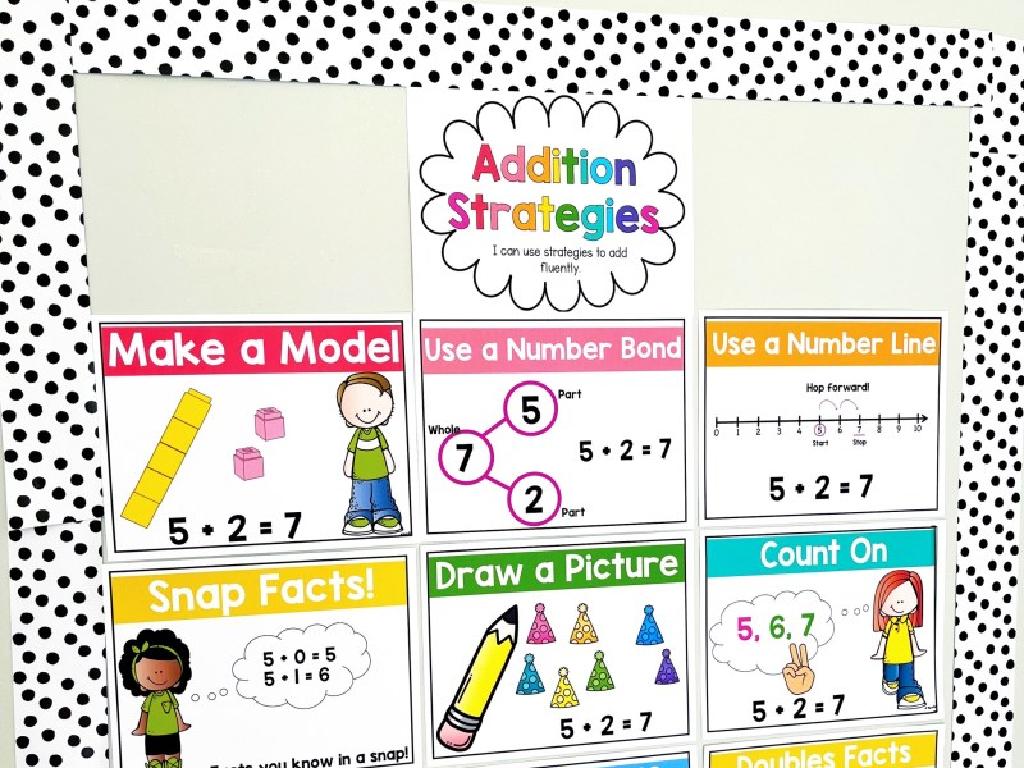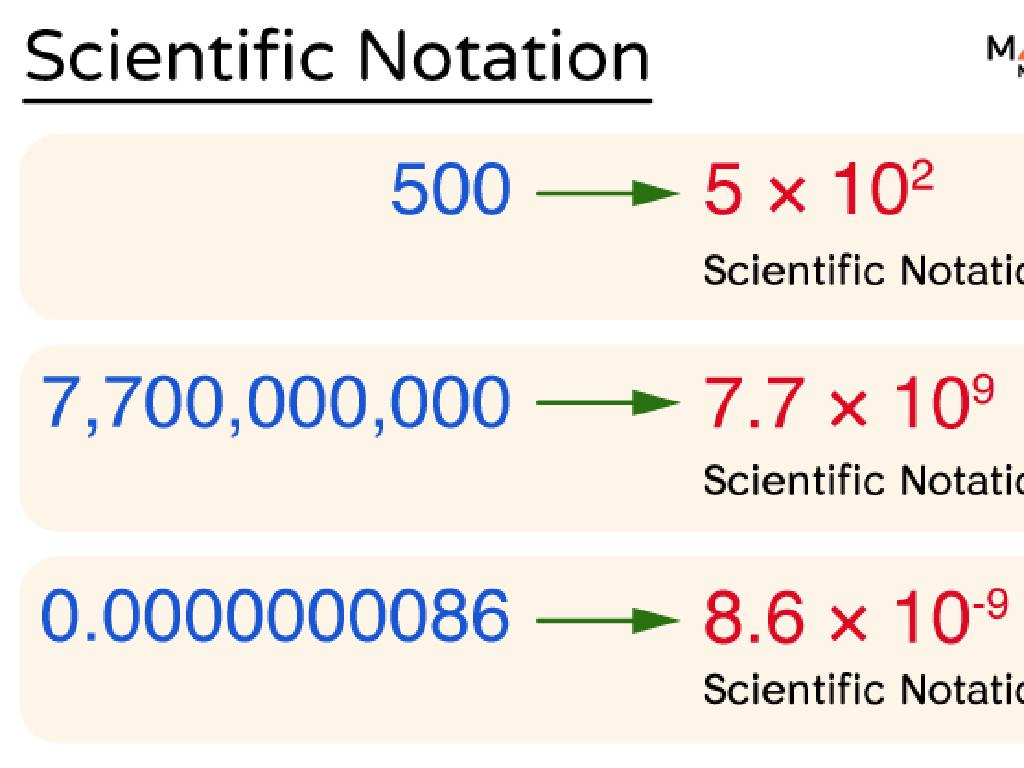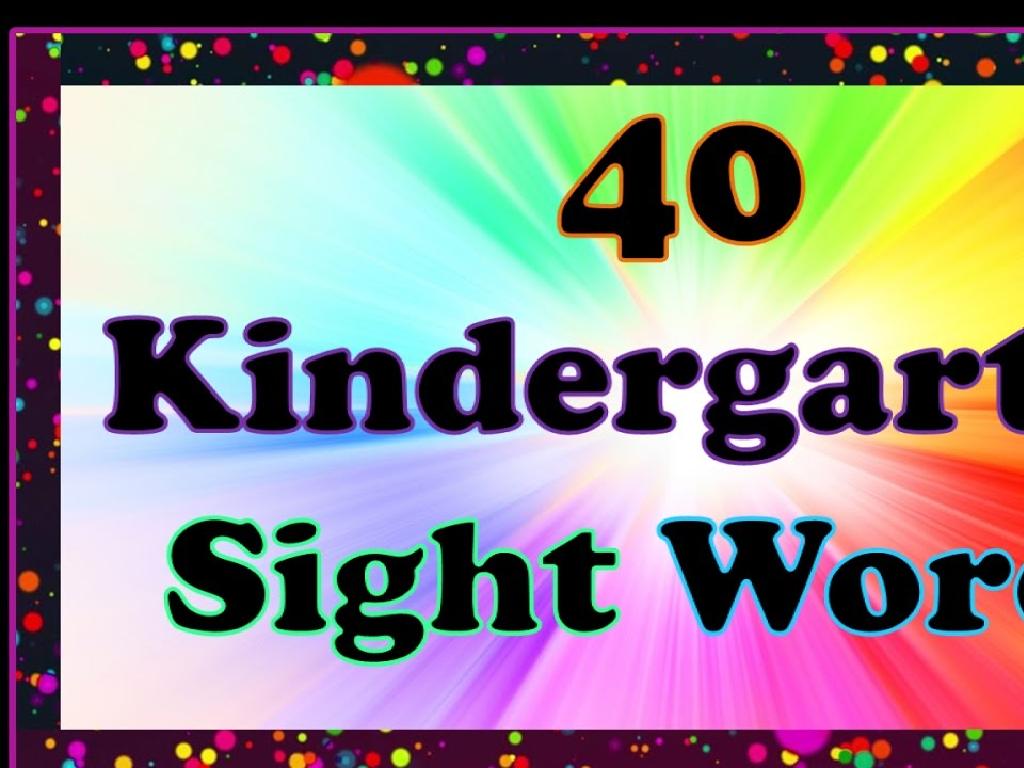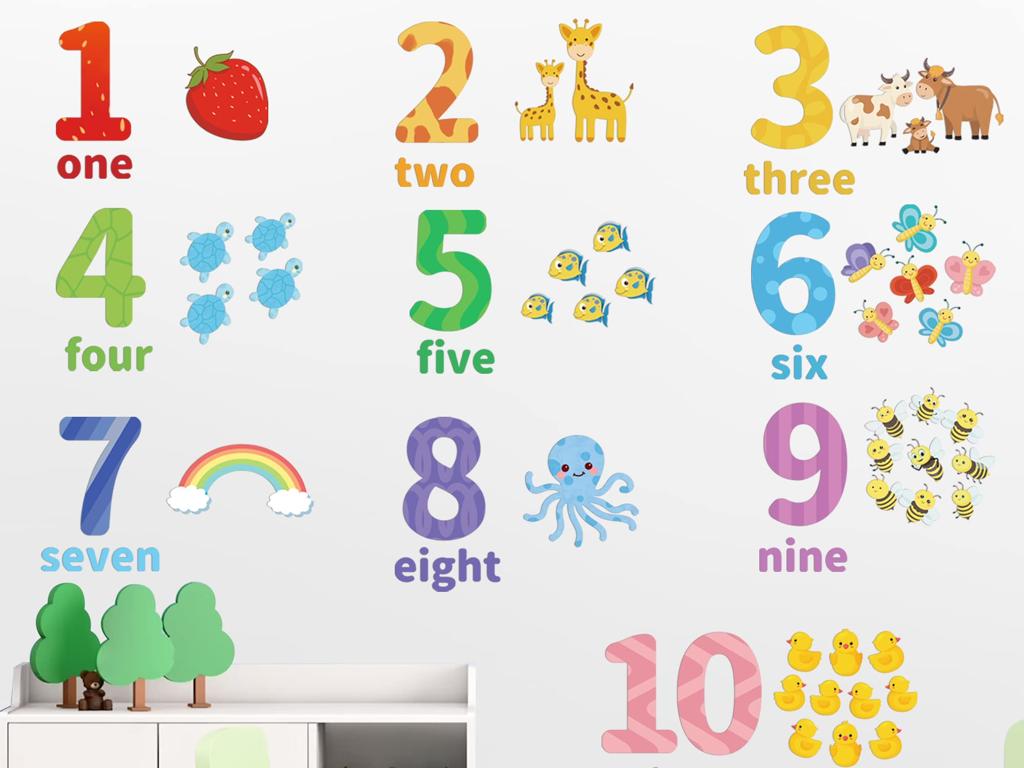Producers And Consumers
Subject: Social studies
Grade: Kindergarten
Topic: Economics
Please LOG IN to download the presentation. Access is available to registered users only.
View More Content
Producers and Consumers
– What is Economics?
– Who are Producers?
– People who make things like toys or food
– Who are Consumers?
– People who buy and use things like us
– Producers and Consumers in our lives
– Examples: Baker makes bread (Producer), we buy and eat bread (Consumer)
|
Begin the class with a warm greeting and introduce the topic of Economics, focusing on Producers and Consumers. Explain that Economics is about how people make and use things. Producers are people who make or grow things, like farmers or toy makers. Consumers are people who buy and use these things. Engage the students by asking if they know what these terms mean to gauge their prior knowledge. Use relatable examples to help them understand the concepts. For instance, a baker (producer) makes bread, and we buy and eat the bread (consumers). Encourage the children to think of other examples and share them with the class.
Learning About Producers
– Producers make or grow things
– Farmers and bakers as examples
– Farmers grow crops like carrots. Bakers make yummy treats like cookies.
– Pretend play: being producers
– Let’s use our imagination to become producers!
– Think of things to make or grow
– Can we think of something fun to create or plant?
|
This slide introduces the concept of producers to Kindergarten students. Producers are people who create or grow items that we use or consume every day. Use simple and relatable examples such as farmers who grow fruits and vegetables, and bakers who make bread and cookies. Encourage the children to engage in pretend play where they can imagine being producers themselves. Ask them to think of something they would like to make or grow, fostering creativity and understanding of the production process. This activity will help them grasp the role of producers in our economy and how it relates to their lives. Possible activities could include drawing a picture of themselves as farmers or bakers, planting seeds in a classroom garden, or making a simple craft.
Who are Consumers?
– Consumers buy and use things
– Eating an apple makes you a consumer
– Like when we have snacks or meals
– Think of what you’ve consumed today
– Did you have breakfast or a snack?
– Sharing examples of being a consumer
– We’ll talk about what we all used today
|
This slide introduces the concept of consumers to Kindergarten students. It’s important to explain in simple terms that a consumer is anyone who uses or buys something. Use everyday examples that children are familiar with, such as eating food or using toys. Encourage the students to think about what they have eaten or used throughout the day to help them relate to the concept of being a consumer. This will help them understand the role of consumers in economics. During the class, ask the students to share examples of things they have consumed that day to create an interactive learning environment.
Needs and Wants: Learning Economics
– Understanding Needs vs. Wants
– Needs: Must-haves for living
– Like food, water, and shelter
– Wants: Nice-to-have items
– Such as toys, games, and treats
– Sorting game: Needs or Wants?
– Let’s categorize different items together!
|
This slide introduces the concept of Needs and Wants to Kindergarten students, which is a fundamental economic principle. Needs are essentials required for survival, such as food, water, and shelter. Wants are items that are not necessary for survival but make life more enjoyable, like toys and candy. The slide sets up an interactive sorting game where students will classify items into ‘Needs’ or ‘Wants,’ helping them to understand the difference between the two. For the activity, prepare a set of pictures or physical items that represent common needs and wants. Encourage the children to think about why each item is a need or a want and facilitate a discussion to help them grasp the concept.
The Market: Producers and Consumers
– What is a market?
– A place where people make and buy things.
– Farmers’ markets sell food
– Like apples and carrots from farmers.
– Supermarkets sell many things
– Where you find toys, clothes, and food.
– Let’s make a classroom market!
– We’ll pretend to buy and sell in class!
|
This slide introduces the concept of a market to Kindergarten students, explaining it as a place where people who make things (producers) can sell them to people who want to buy things (consumers). Use examples like farmers’ markets and supermarkets to illustrate the types of markets they might be familiar with. To make the learning interactive, propose creating a classroom market where students can engage in role-playing activities. They can take turns being producers and consumers, using play money to buy and sell items. This activity will help them understand the basic economic concepts of production and consumption in a fun and practical way.
Class Activity: Classroom Market
– Set up a pretend market
– Role-play as producers and consumers
– Create and sell crafts and drawings
– Producers can make colorful paper hats or bead necklaces
– Use play money for transactions
– Consumers will have a wallet with play money to shop
|
This activity is designed to give students a hands-on experience with the concepts of producers and consumers. Set up different ‘market stalls’ in the classroom where the ‘producers’ can sell their handmade items. Provide play money to the ‘consumers’ to use in purchasing these items. This will help students understand the basic economic principles of buying and selling and the roles people play in an economy. Encourage creativity in the items produced and ensure everyone gets a chance to play both roles. Possible variations of the activity could include bartering for items instead of using money, or having students create advertisements for their products.

